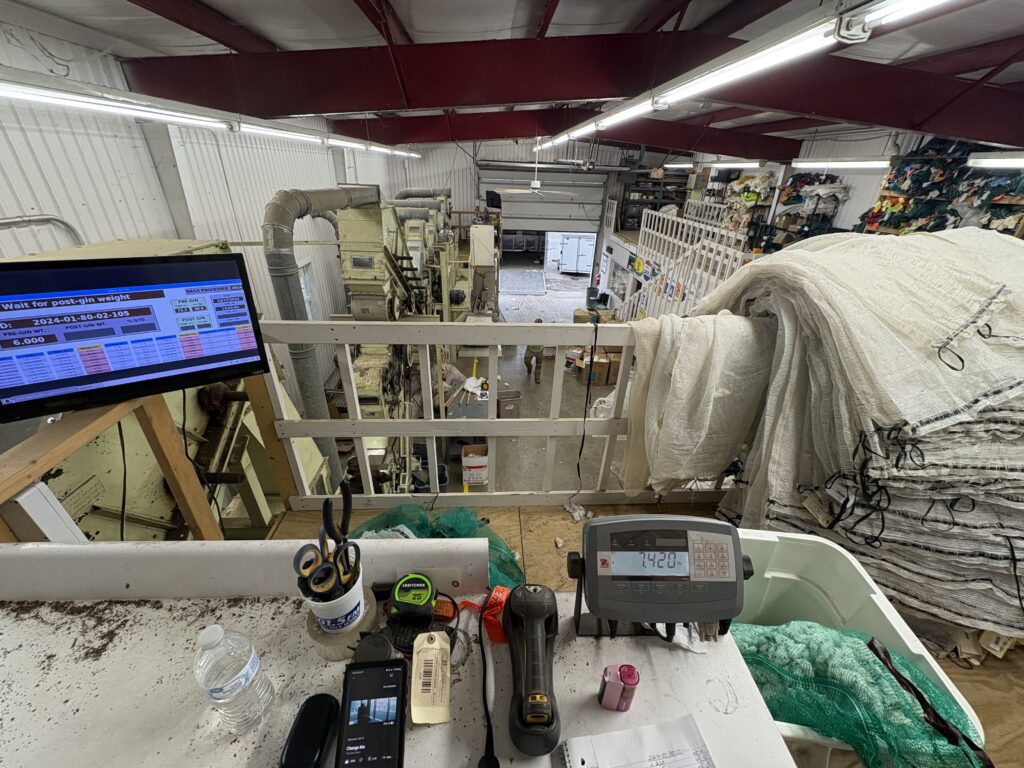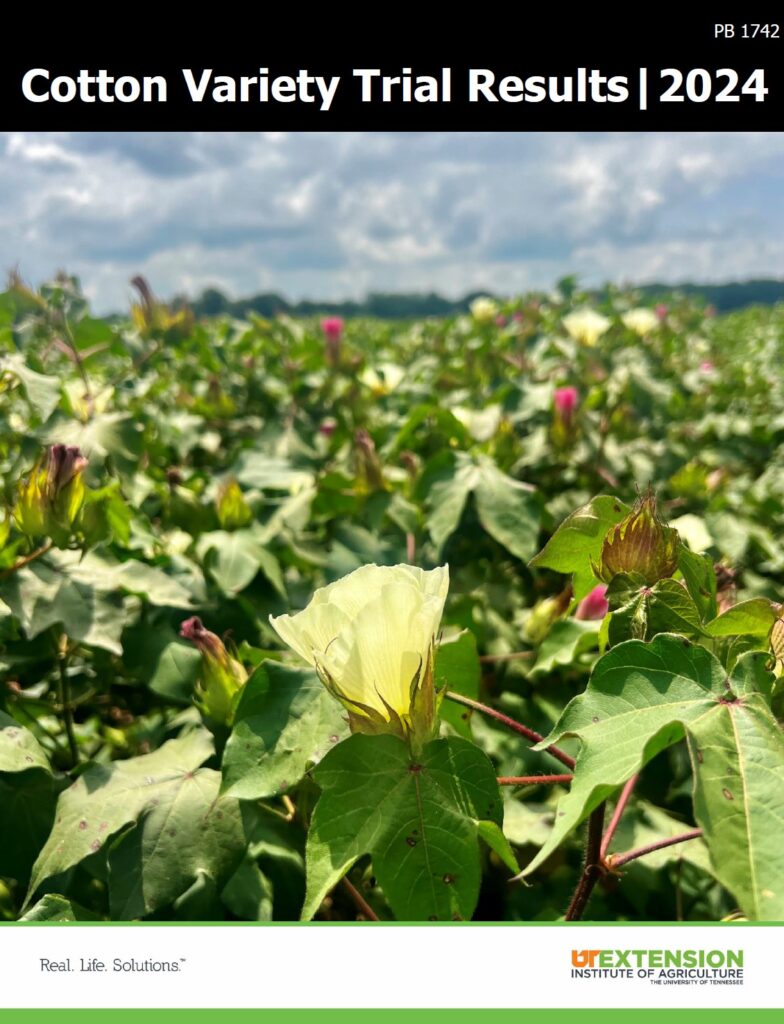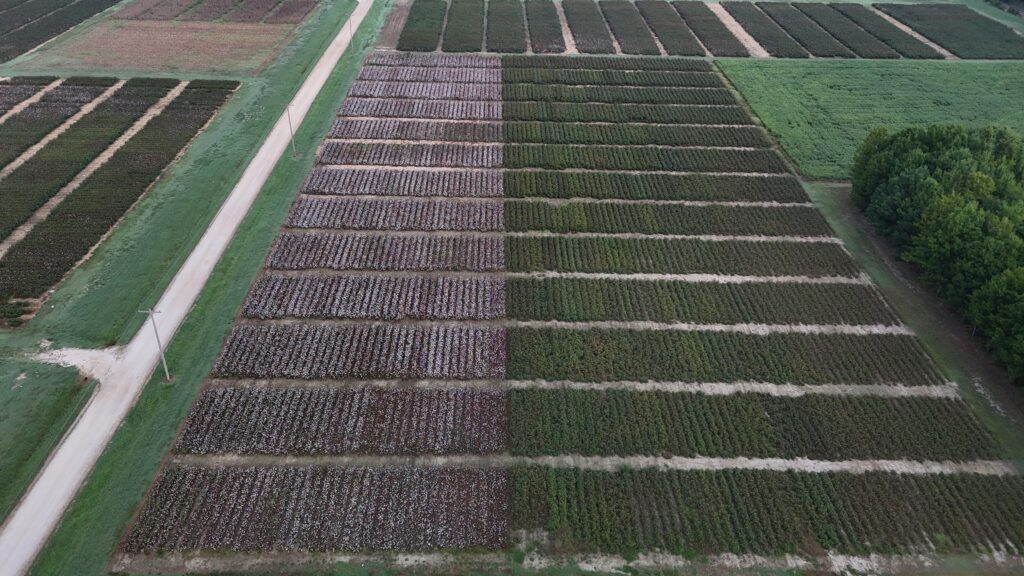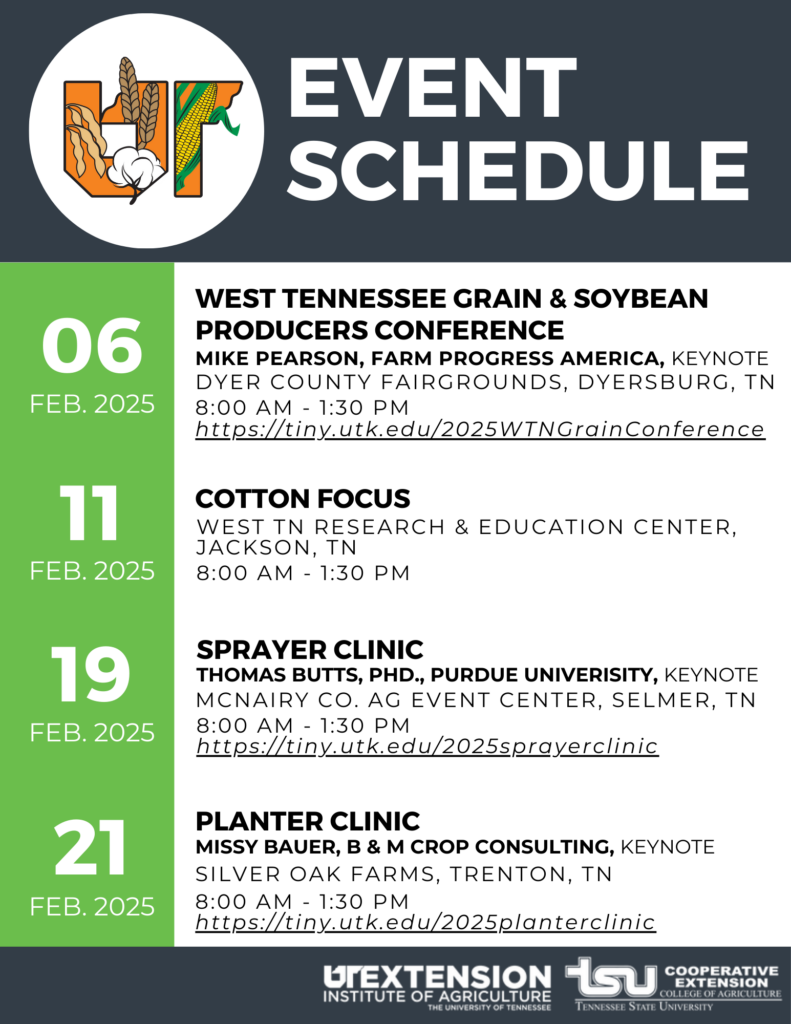 I usually release variety trial results with little to no narrative, just a few sentences indicating results are now available. But this year, there are several points of emphasis that warrant more. In this post, I try to explain what happened in 2024 as a way to guide interpretation of the variety trial results. It is a long post, but I believe this is a must read for those who intend to use the 2024 TN Variety Trial Results in their variety selection decisions for 2025. Continue reading
I usually release variety trial results with little to no narrative, just a few sentences indicating results are now available. But this year, there are several points of emphasis that warrant more. In this post, I try to explain what happened in 2024 as a way to guide interpretation of the variety trial results. It is a long post, but I believe this is a must read for those who intend to use the 2024 TN Variety Trial Results in their variety selection decisions for 2025. Continue reading
Category Archives: Cotton
2024 Tennessee Cotton Variety Trial Results now available
The 2024 Tennessee Cotton Variety Trial Results (PB 1742) are now available online. Included within these results are eight large strip trials (CSTs) and six small plot trials (OVTs) testing 48 experimental and commercial varieties.
Special thanks to all of the agents and producers who helped generate this data. Additionally, thanks to the USDA Classing Office in Memphis for assisting with this effort. If you have any questions on location response or variety placement, please do not hesitate to reach out directly to your county agent.
Preliminary Cotton Official Variety Trial yield and turnout
Although we are still a few days away from having all of the fiber quality data back for the 2024 Tennessee Cotton Official Variety Trials, I wanted to provide a complete summary table of yield and turnout. This table represents an average of all six locations of the 2024 cotton OVTs. Expect a complete report to be released after Christmas. Continue reading
UT Extension Winter Meetings
Please see below for detailed information regarding UT Extension Winter Meetings and events planned for West Tennessee this year.







